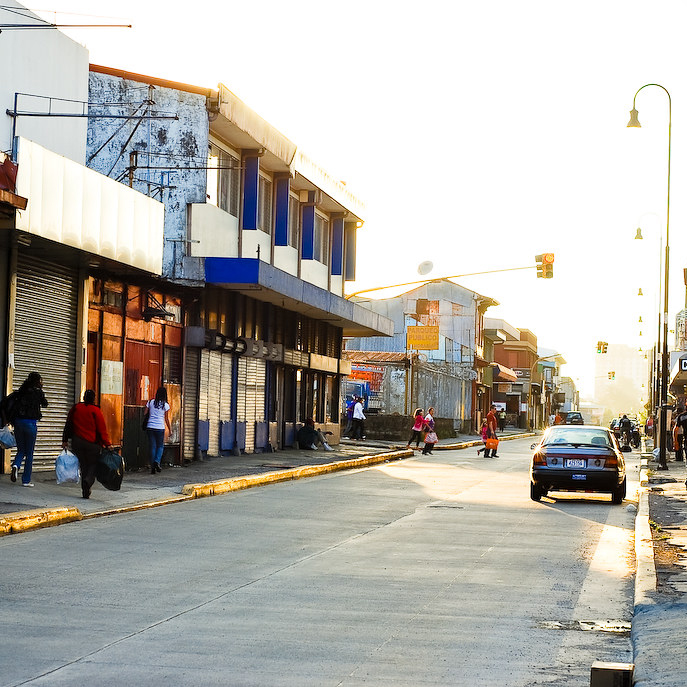Resumen
Este artículo pretende señalar la relación de los puntos de referencia usados en la direcciones, en Costa Rica, con la identidad de los pueblos, dado el carácter de objetos de la cultura material. Para ello, se desarrolla una investigación de tipo cualitativa, con un marco de referencia basado en la teoría fundamentada y la cultura material. El corpus lo componen 129 llamadas telefónicas al Sistema de Emergencias 9-1-1 en Costa Rica. Se encontró que los puntos de referencia más empleados son puentes, entradas, iglesias y escuelas. Primero, puentes y entradas son puntos de referencia debido a su prominencia y frecuencia de uso, pues sirven como vías de comunicación y evidencian su relación cotidiana y vital con las personas. Segundo, iglesias y escuelas son puntos de referencia debido a su significado cultural y frecuencia de encuentro, pues ambos objetos tienen profundas raíces en Costa Rica. Las escuelas evidencian la necesidad de alfabetizar al pueblo y su significado cultural se evidencia en ser un mecanismo igualador de la sociedad que funge como un elemento subjetivo de la identidad nacional; mientras que las iglesias evidencian un elemento subjetivo de la identidad nacional y la tradición católica del país. Se concluye que los puntos de referencia analizados evidencian aspectos identitarios de los pueblos, pues permiten rastrear algunos cambios interaccionales históricos que han experimentado las poblaciones.






